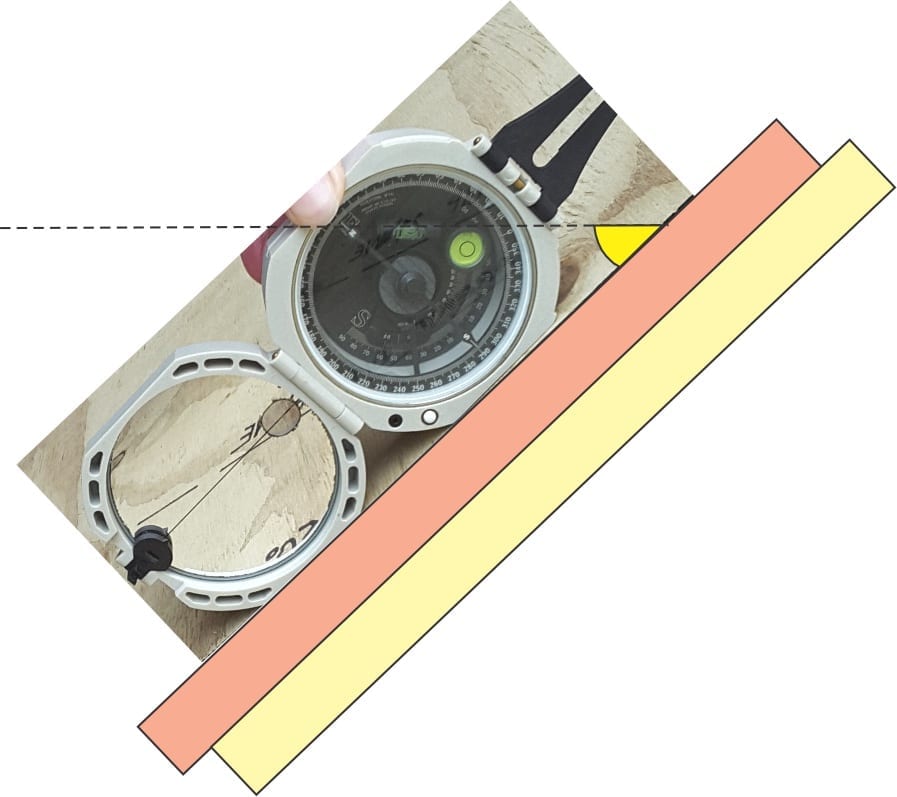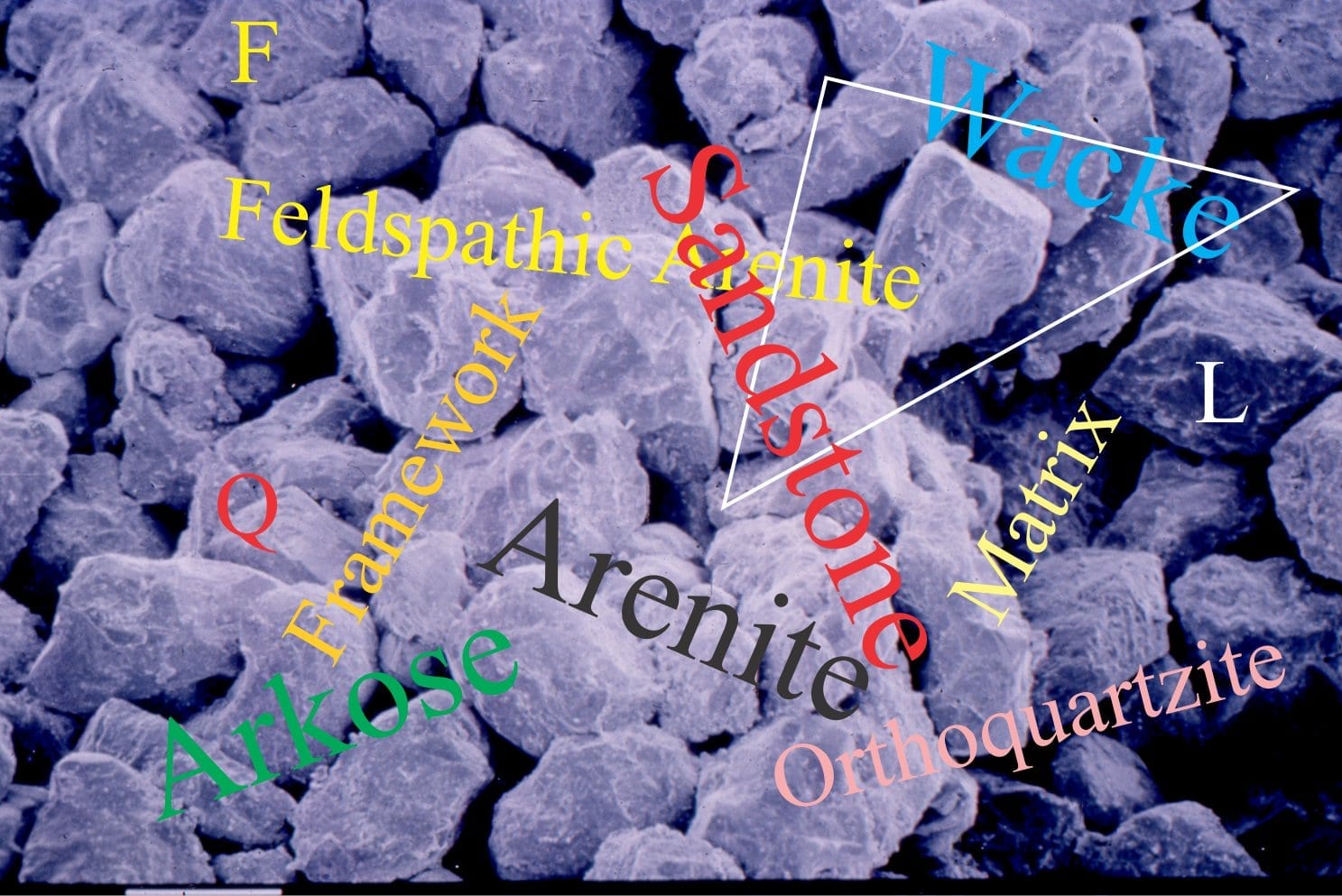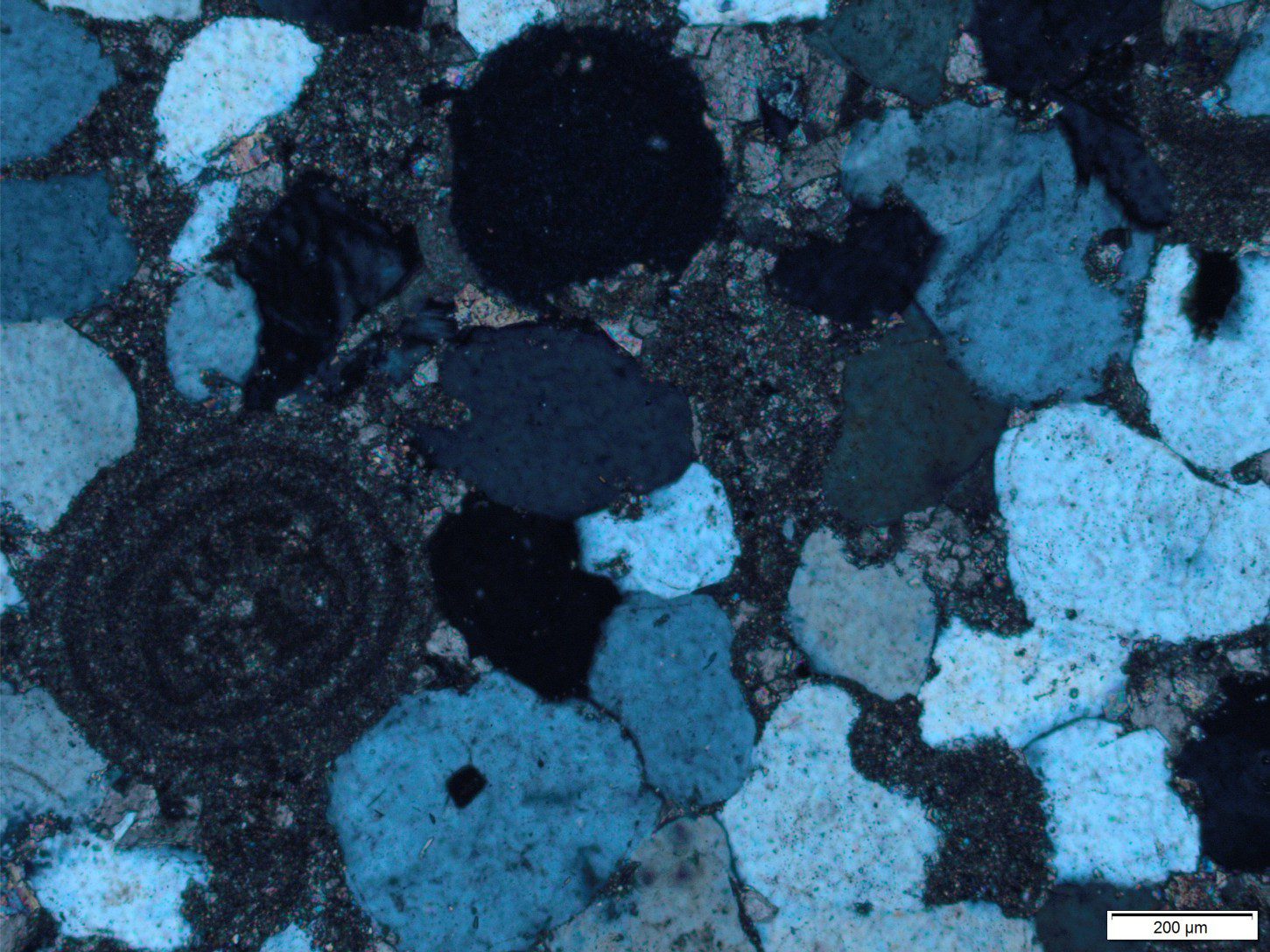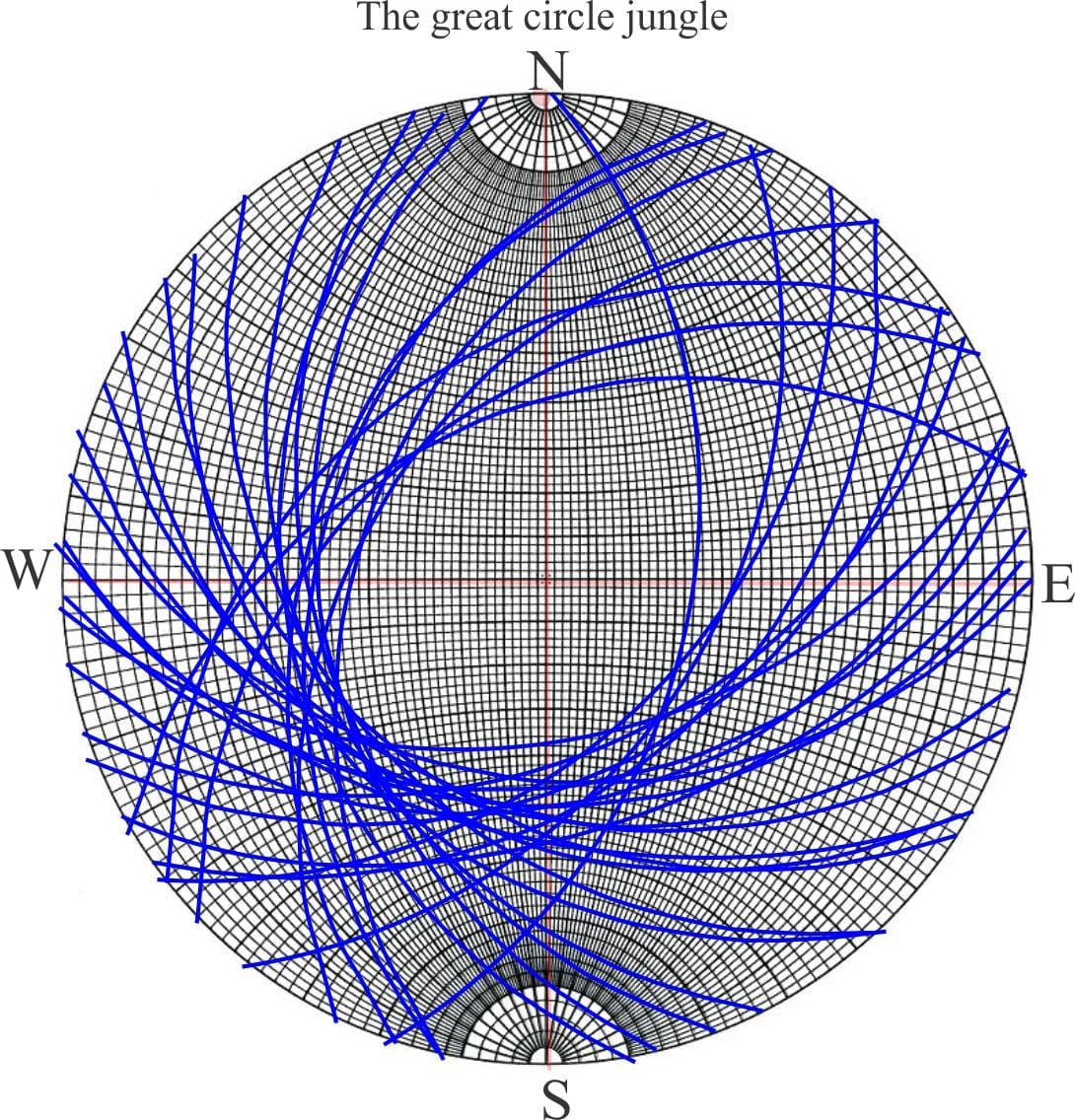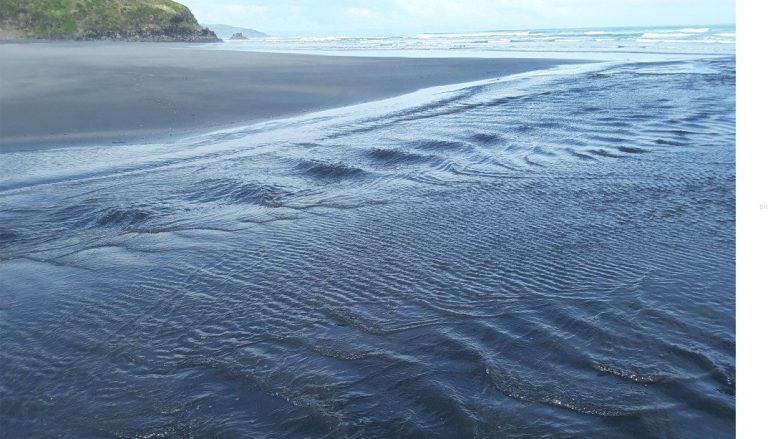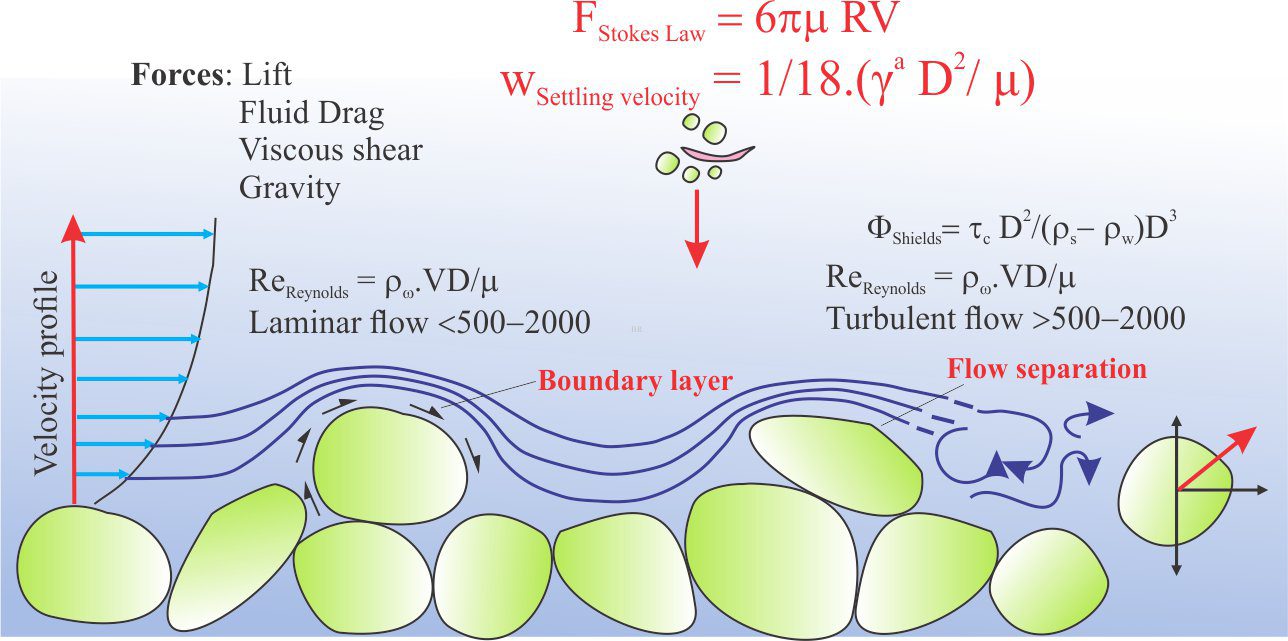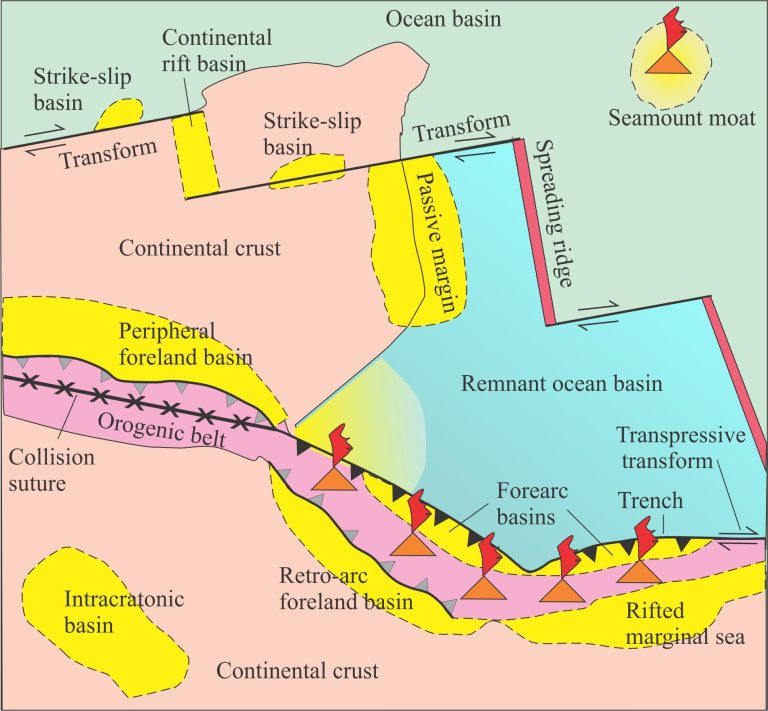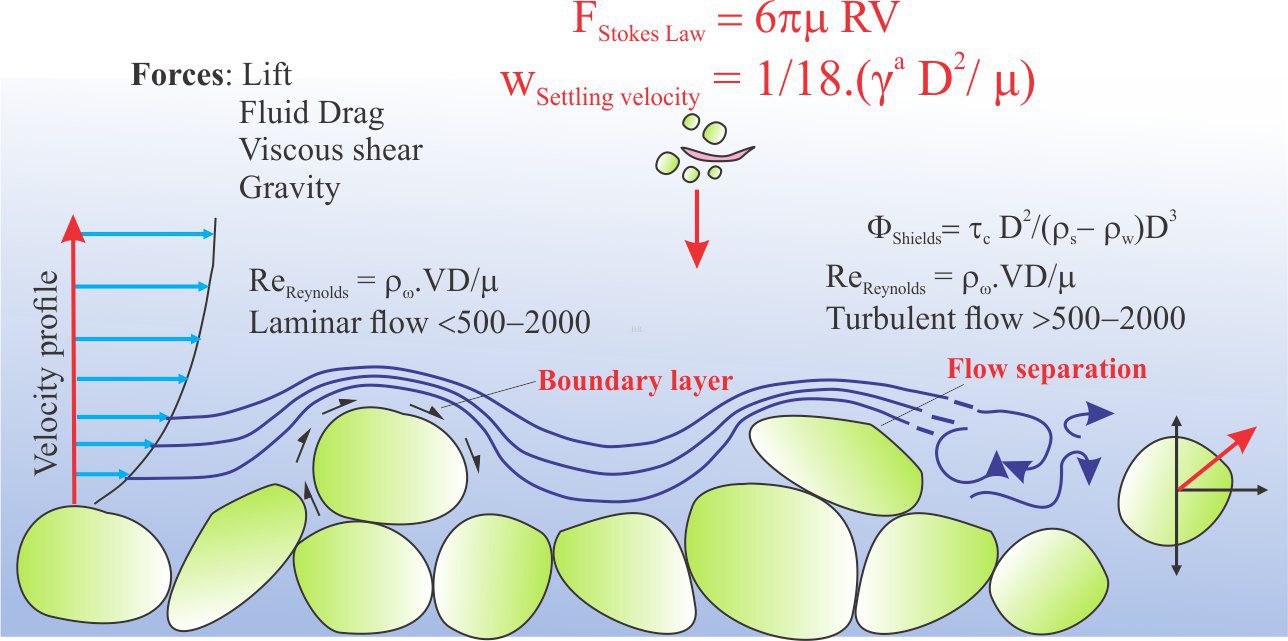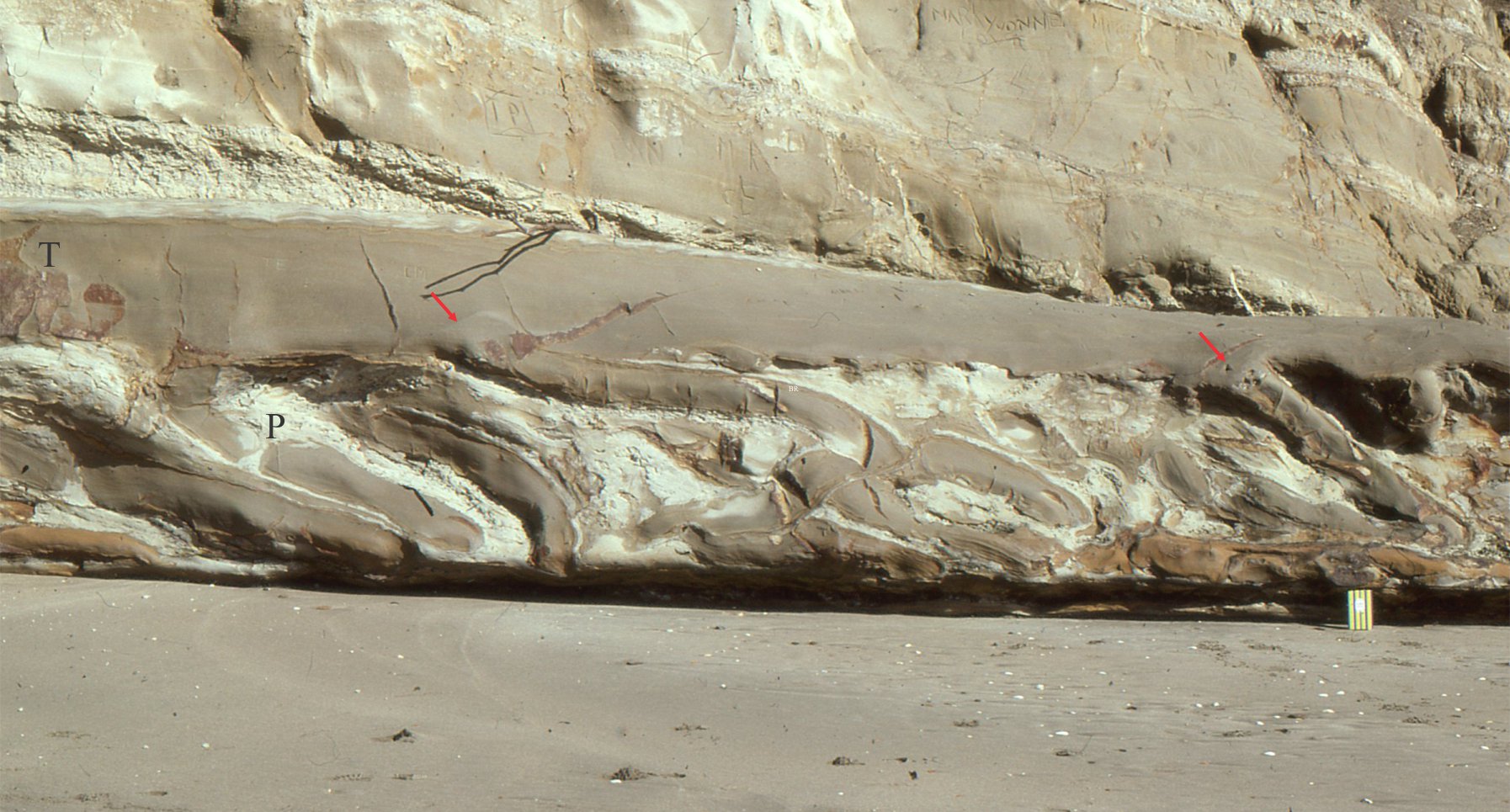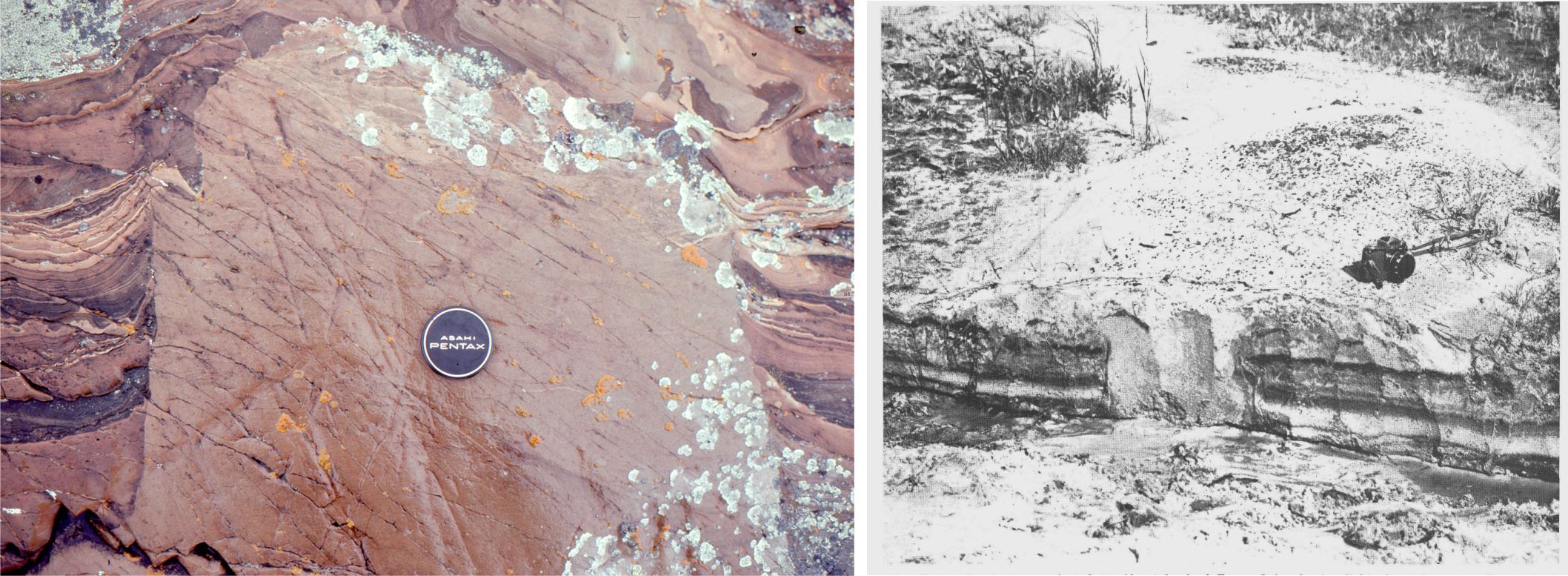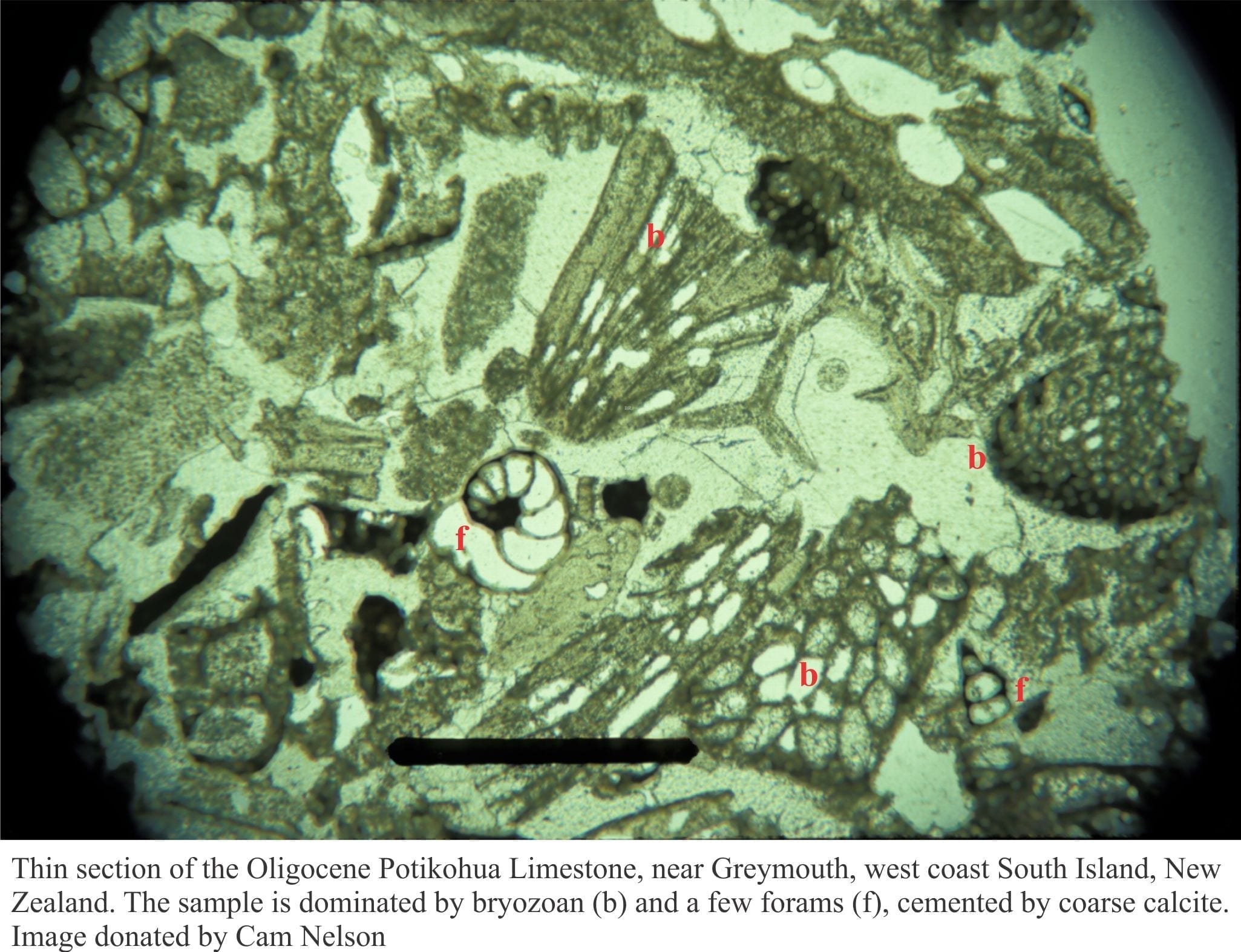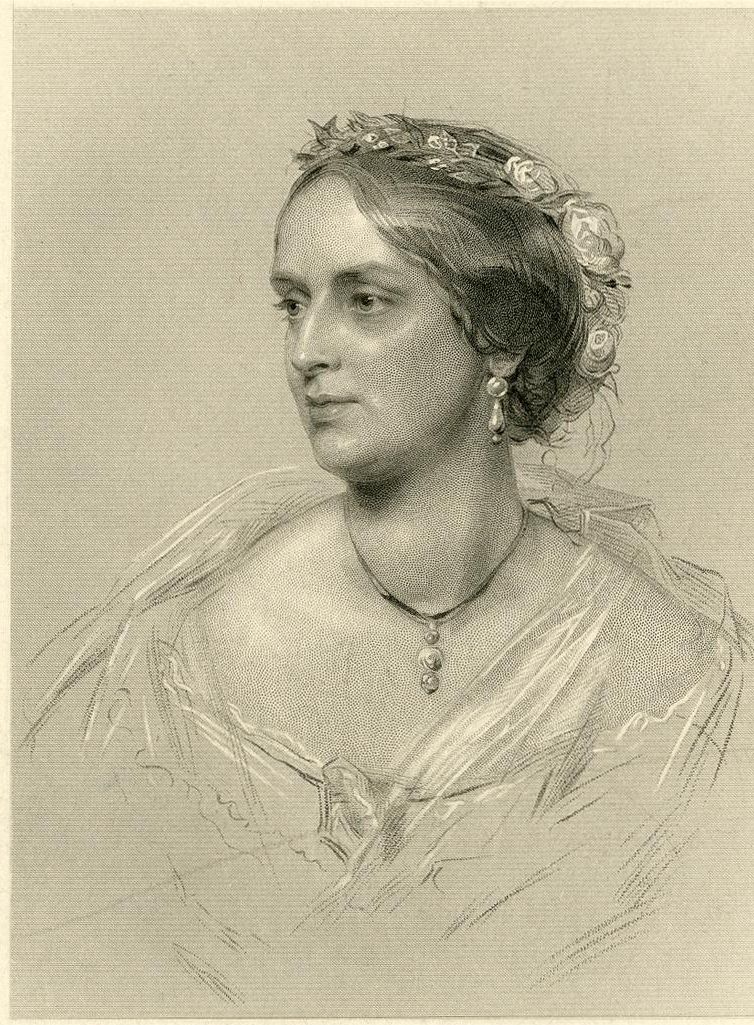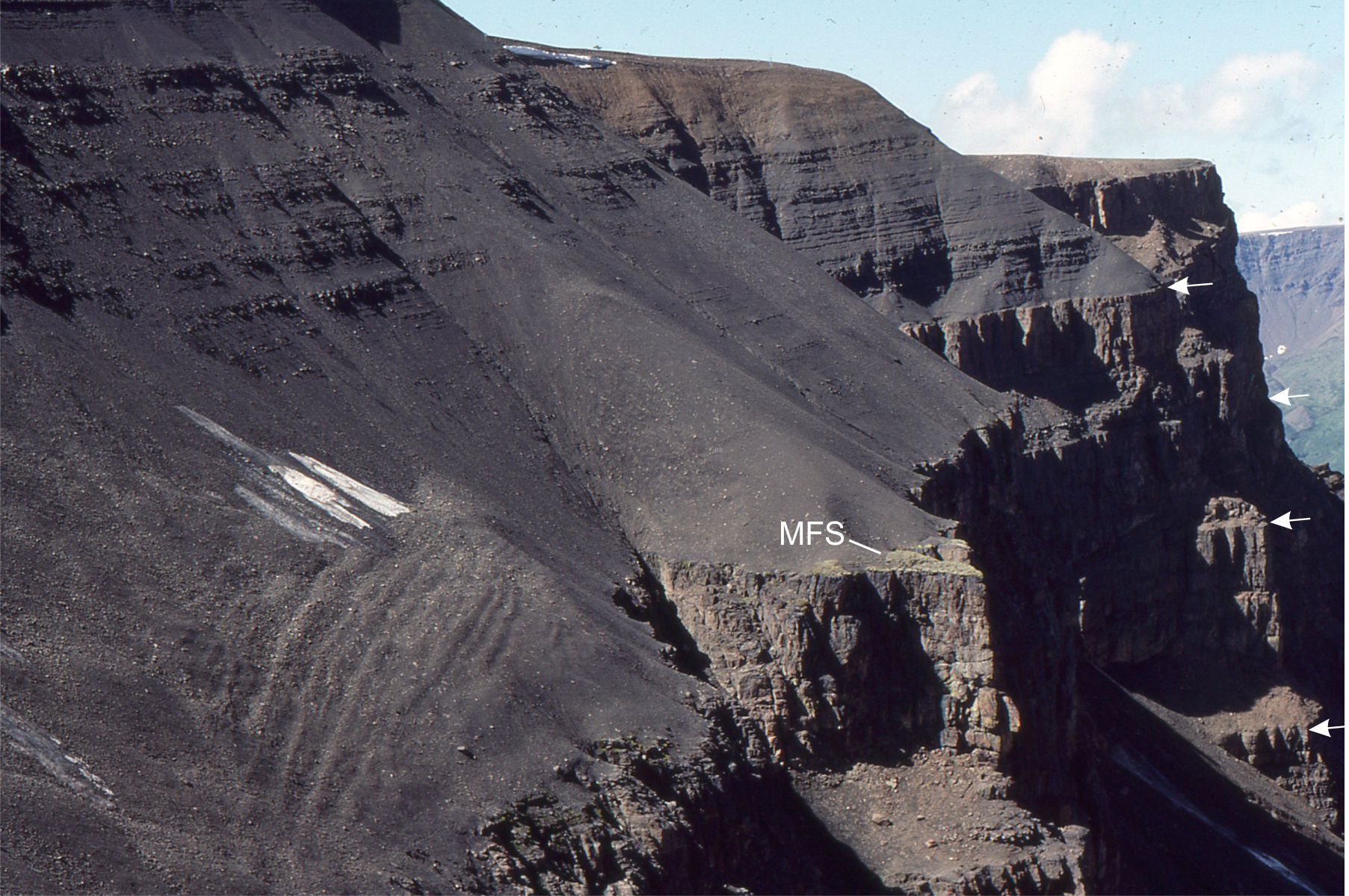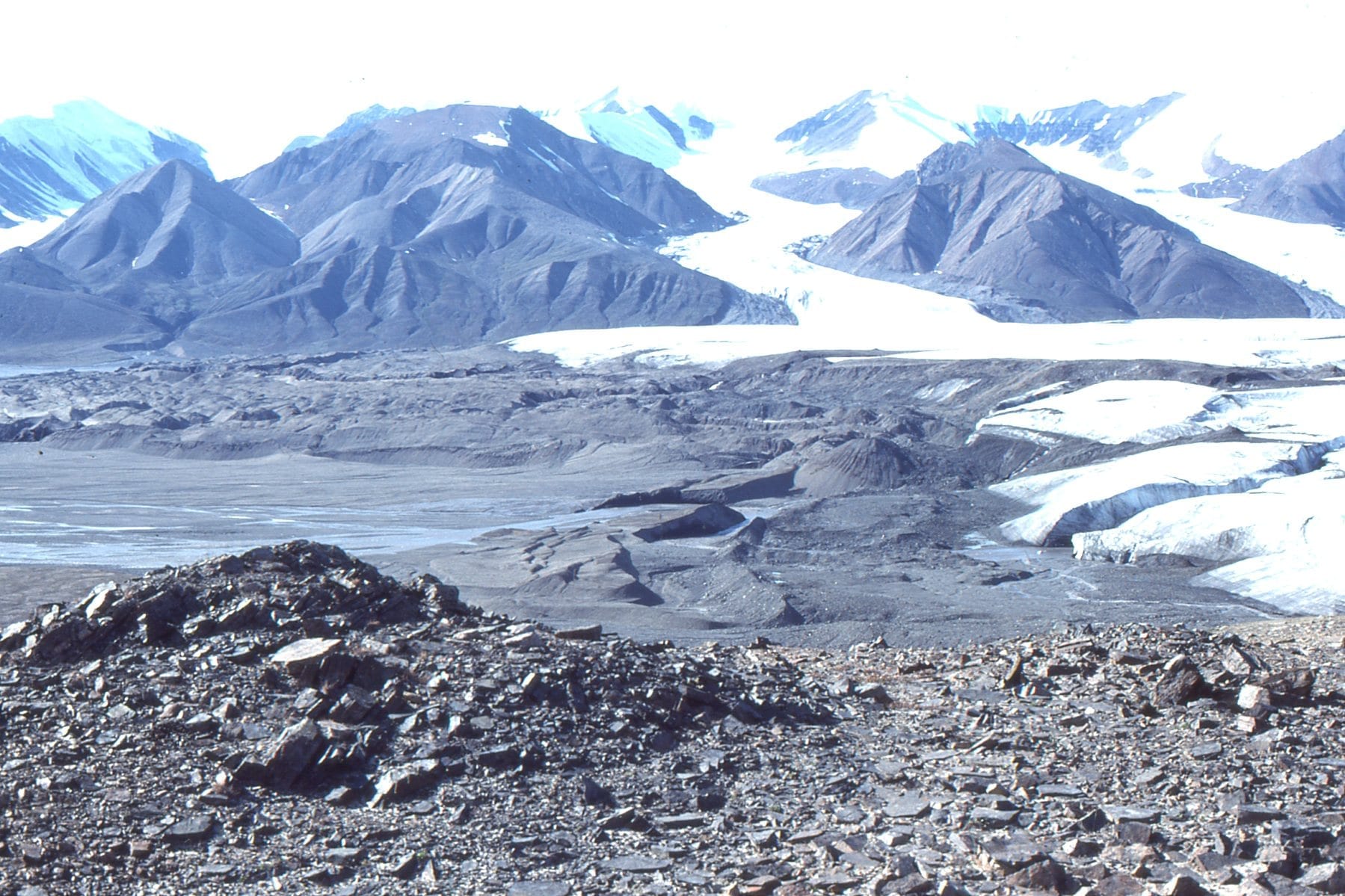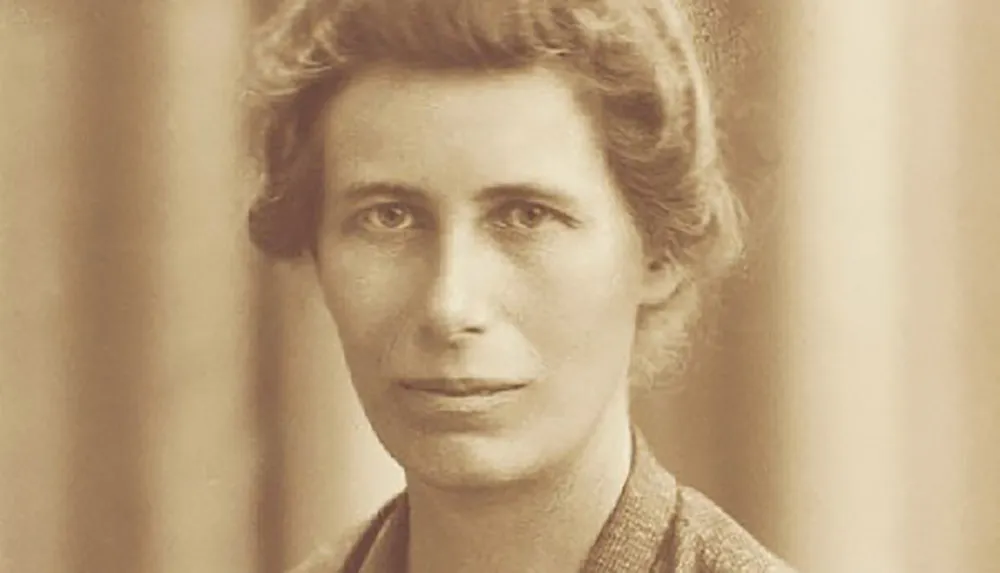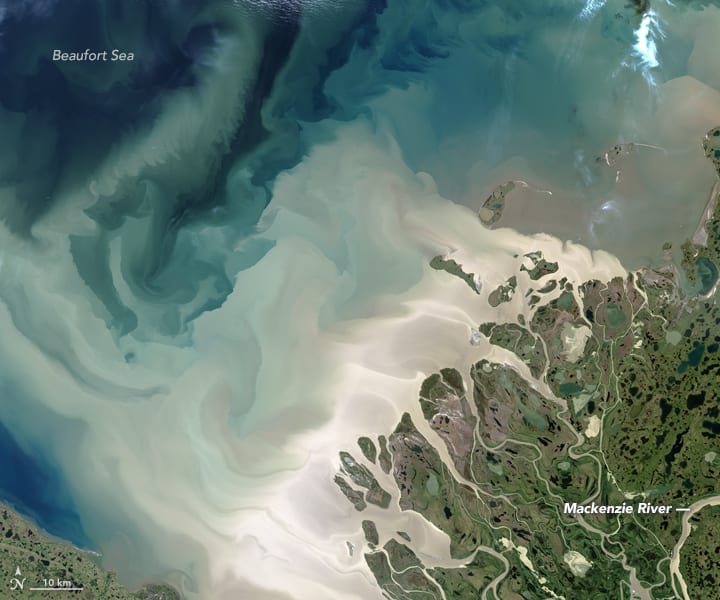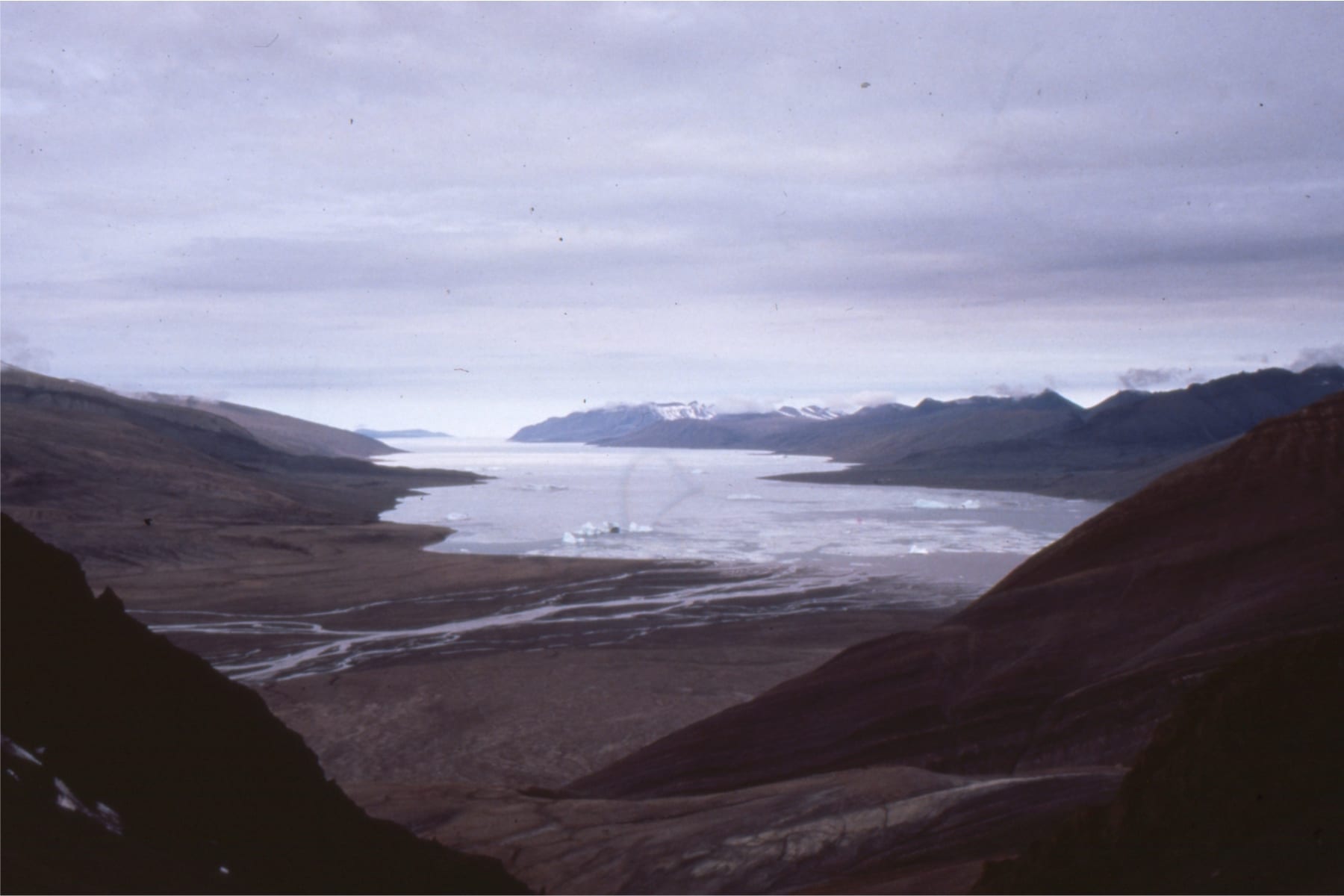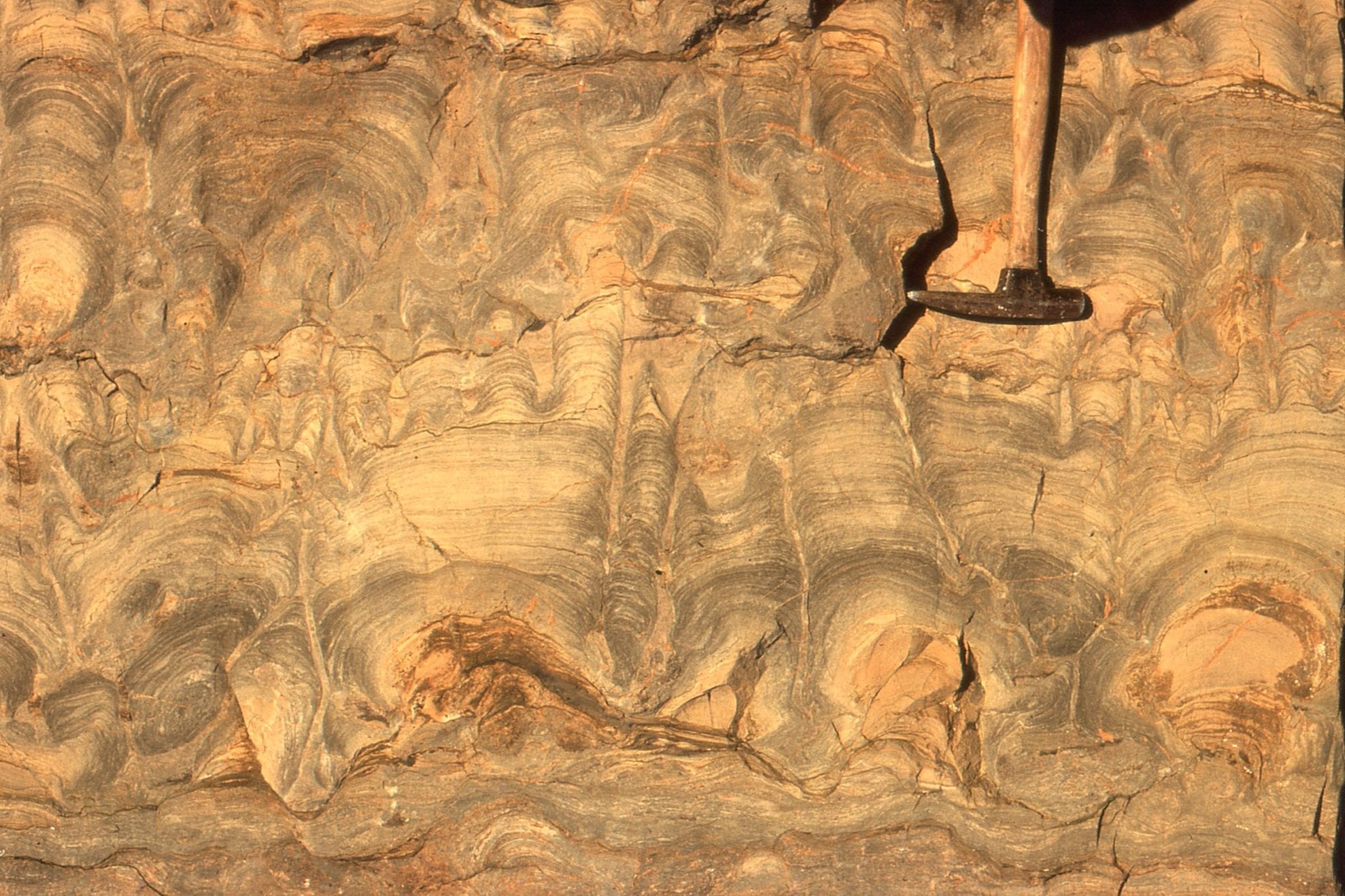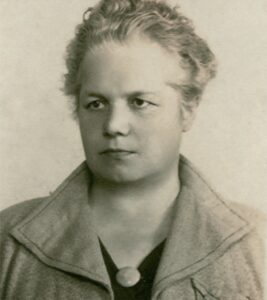
This biography is part of the series Pioneering women in Earth Sciences – the link will take you to the main page.
Regina Fleszarowa is regarded as a pioneer of Polish Earth science in the first half of the 20th century. In addition to conducting original work on bedrock and soil science, she was an ardent supporter of library systems and the role they played in preserving Polish history and culture. The backdrop to Fleszarowa’s life work is also the backdrop to 20th century Polish history.
The state of Poland was created in the 10th century as a medieval dynasty. Poland’s prosperity and political borders expanded until the mid-17th century, including a close political relationship with Lithuania – the Polish-Lithuanian Commonwealth. However, 18th century conflicts with neighbouring Austria (the Hapsburg dynasty), Russia, and the Prussian state, culminated in 1795 in Polish borders being completely redrawn and Poland ceased to exist as a sovereign state. Not until 1918 did a bona fide Polish state rejoin eastern Europe, following yet again a redrawing of national borders at the cessation of World War I.
Fleszarowa was 20 years old when the Second Polish Republic was born; Germany and her ally the Austro-Hungarian Empire had earlier created the Kingdom of Poland in 1916, but this was disbanded at war’s end. By this time, she had earned a Licencié in Science (Bachelor if Science) from the University of Paris, followed by a PhD in 1913 on Carpathian Mountain geology and topography – she was the first Polish woman to be granted this qualification.
From 1913 to 1939 Fleszarowa had established herself as a geologist, a librarian, and an advocate for women’s rights. In 1915 she served as chair of the Council of Polish Women, in 1918 helped establish the Polish Geographical Society, and 1919 became librarian to the National Geological Institute in Warsaw. She expressed her belief in the role of libraries in the life of a nation thus “a library in a regional museum is a department equal to the others, it is like one of the cells of the body with a special task to fulfil. This task is to gather as much as possible of everything that has ever been written, published or drawn in relation to the territory covered by the museum’s activity” (Danysz-Fleszarowa, 1928, pp. 262-270; quoted in R. Kotowski, 2019). In 1935 she was appointed to the Senate of the Polish Republic.
Her life, along with that of the rest of Poland came to a crashing halt with the invasion on September 1, 1939 by Nazi Germany and the Soviet Union. Germany subsequently completed the take-over and initiated a genocidal pogrom that ultimately killed 4-5 million Poles of all faiths and political leanings. Fleszarowa, along with the rest of the population lived in perpetual fear of execution or deportation. During the occupation she was a liaison for the Union of Armed Struggle (ZWZ-AK) that was established in Paris (before the overthrow of France), the predecessor of the underground Polish Home Army, printing documents and maps for the resistance movement. Fleszarowa also joined the underground Democratic Party “Prostokąt”. During the war years she continued to help other librarians preserve and conceal the records of Polish science and culture.
Fleszarowa is listed as an activist who was “especially meritorious” for her work with the Żegota Council to Aid Jews during WWII. According to the few English records this work involved creating new identities for Jewish Poles and helping them escape persecution.
Poland’s fate at the end of World War II saw the end of one brutal occupying regime replaced by another form of government that, although less outwardly brutal, was no less stifling. During the early post-War years, she worked in the Ministry of Foreign Affairs, attending peace conferences, including the Potsdam Conference where she participated as a cartographer during the reconfiguration of Poland’s western border. From 1945 until the early 50s she was a member of the Democratic Party, and a Warsaw City councillor. The Museum of the Earth in Warsaw was established in 1948; Fleszarowa joined the Museum in 1951 and this is probably where she prepared the compilation for a 5-volume bibliography on the history of Earth sciences in Poland – the set of publications she is probably best known for. The first volume was published in 1957; the last in 1966, just three years before she died.
Retrospektywna bibliografia geologiczna Polski oraz prac Polaków, z zakresu nauk o ziemi (Retrospective geological bibliography of Poland and the works of Poles in the field of Earth sciences).
In 1960 Regina Fleszarowa was awarded the 1st Class Banner of the Order of Labor from the Polish People’s Republic (1952-1989).
Credit:
Thanks to Joanna Pszonka (Colorado School of Mines) for taking the time to find some additional information and translation. BlueSky, LinkedIn
References and other documents
History of Scientific Women; Regina Fleszarowa
Polish Senate Education; Senators of the Second Polish Republic. Regina Fleszarowa.
Rescue in the Holocaust; Zagota, Part 1.
Regina Danysz Fleszarowa, 1957. Retrospektywna bibliografia geologiczna Polski oraz prac Polaków, z zakresu nauk o ziemi · Part 1, Volume 1, Issue 1
Zbigniew Wojcik, 1970. Regina Danysz Fleszarowa (1888-1969). Kwartalnik Historii Nauki I Techniki. 15 (4): 791–796. (Google translation)
Robert Kotowski, 2019. The Role of the Museum Library. Przeglad Biblioteczny, 2019.
